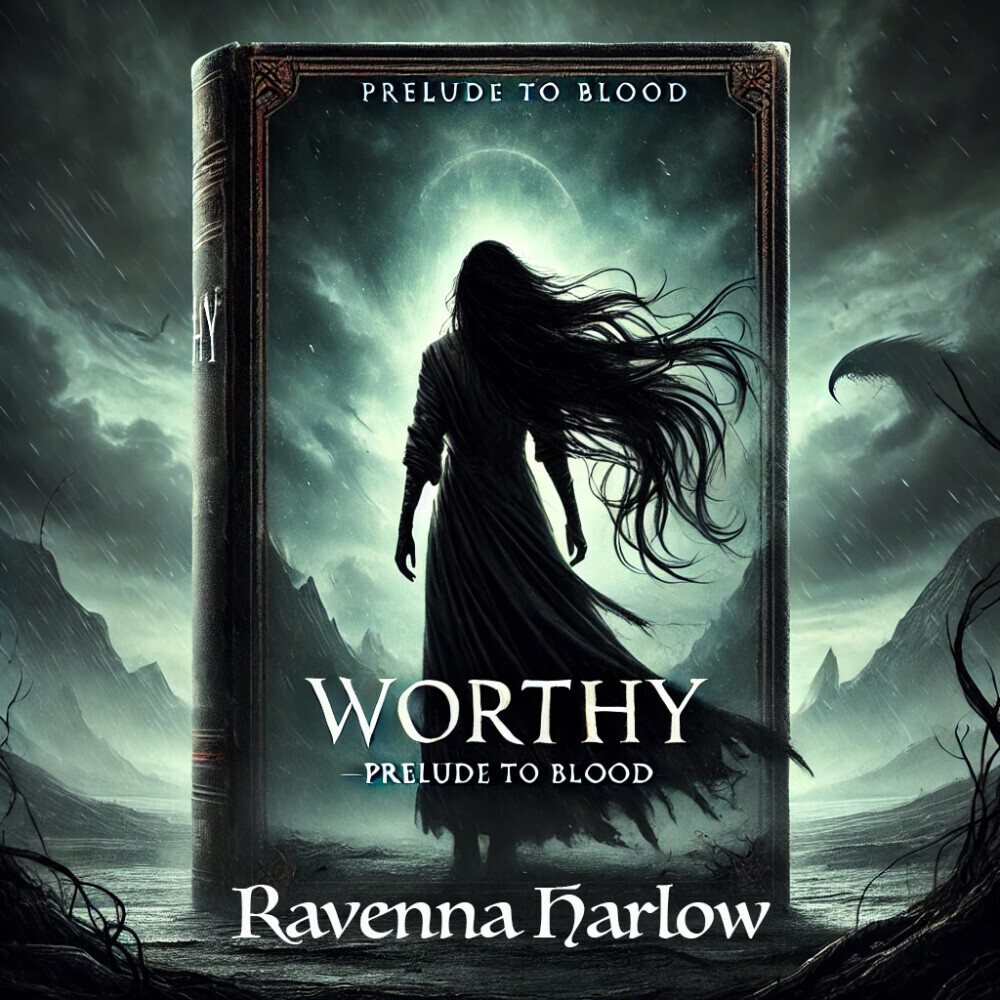
Picture your favorite book. Got it? Now think about how the setting played a role in the story. Whether it’s a creepy mansion perched on a cliff or a bustling cityscape, a vivid setting can whisk readers away to another world entirely. It’s not just window dressing; it’s the backbone shaping every twist and turn on your plot.
In the book Worthy: Prelude to Blood, one of the settings is the tree that the main character loves to climb and sit in. In my mind, I can picture this rustic tree with its rough bark and sturdy branches. I can feel the tree!
So, let’s talk senses! A memorable setting immerses readers by hitting all five senses: sight, sound, smell, touch, and taste. Imagine walking through a foggy forest – you see the silvery mist, hear twigs snapping underfoot, smell the damp earth, feel the moisture in the air, and maybe even taste the freshness. It becomes more than words. It becomes an experience.
Characters don’t just inhabit settings, they interact with them. A bustling market might bring out your character’s savvy negotiation skills or maybe even trigger a childhood memory. This interaction brings authenticity, making worlds feel more lived in and relatable.
Why do settings matter, you ask? Well, they’re the emotional heartbeat of your story. They root us in a specific time and place, evoking emotions and guiding the narrative vibe. Picture Tolkien’s Middle-earth. Without the rich landscapes and backgrounds, the journey wouldn’t carry the same weight. The setting cradles every experience, amplifying the story’s emotional undertones.
Techniques to Create Descriptive Settings

Imagine standing on the edge of a desert at sunset. You see the sky blaze in hues of orange and pink, casting long shadows over endless dunes. Crafting vivid imagery like this starts with the right details. Choosing those that matter most transforms a plain backdrop into something cinematic. Consider not just what’s present but what’s lurking beneath the surface.
Now here’s where things get tricky: balancing description and pacing. Readers crave enough detail to build the scene in their heads but dread being bogged down by too much info. Finding that sweet spot means feeding them the sensory bits that fuel the imagination without grinding the story to a halt.
Ever thought of turning a single scene into a metaphorical playground? Use the environment to echo the story’s themes and character emotions. Maybe a storm mirrors inner turmoil, or a serene landscape contrasts looming chaos. It’s like holding a mirror up to your narrative.
Think of the setting as its own character. Give it personality traits. A city that never sleeps might pulse with relentless energy, while an isolated cabin in the woods can radiate eerie silence. Breathe life into your world with distinct quirks and moods, making every encounter with it feel dynamic and engaging.
Practical Example and Application

Let’s take all those tips and put them into practice. Crafting a vivid setting is no magic trick, but with deliberate steps, you can conjure some real wizardry on the page. Start small: pick a scene you know needs more oomph.
Imagine writing about a simple café. Instead of the generic tables and chairs, zoom in on the faded wallpaper, the aroma of freshly ground coffee mingling with the warm sweetness of pastries. Notice how the barista’s playlist adds a rhythm to the background buzz of chatter. These small yet significant details make the setting pop.
It’s so easy to fall into common pitfalls—like cramming every possible detail into a paragraph. Avoid info overload by focusing on what’s relevant. Question every element: does it add to the scene’s mood? Enhance the plot? Shed light on a character? If not, toss it.
Testing your setting’s punch takes some finesse. Share your scene with a writing group or friends, asking them how they felt being there. Did they see it, hear it, live it? Their feedback can point out what resonates emotionally and what maybe misses the mark.
So go ahead, unleash your world-building prowess! With practice, your settings won’t just accompany your stories; they’ll elevate them to unforgettable experiences.
 Would you like more writing tips? Subscribe to my newsletter! In the newsletter, which will come out at least 1x a month, you will find more tips, prompts, and all things writing related. It will also include upcoming publications and more! Fill out your information in the right side panel and we’ll get you started!
Would you like more writing tips? Subscribe to my newsletter! In the newsletter, which will come out at least 1x a month, you will find more tips, prompts, and all things writing related. It will also include upcoming publications and more! Fill out your information in the right side panel and we’ll get you started!

